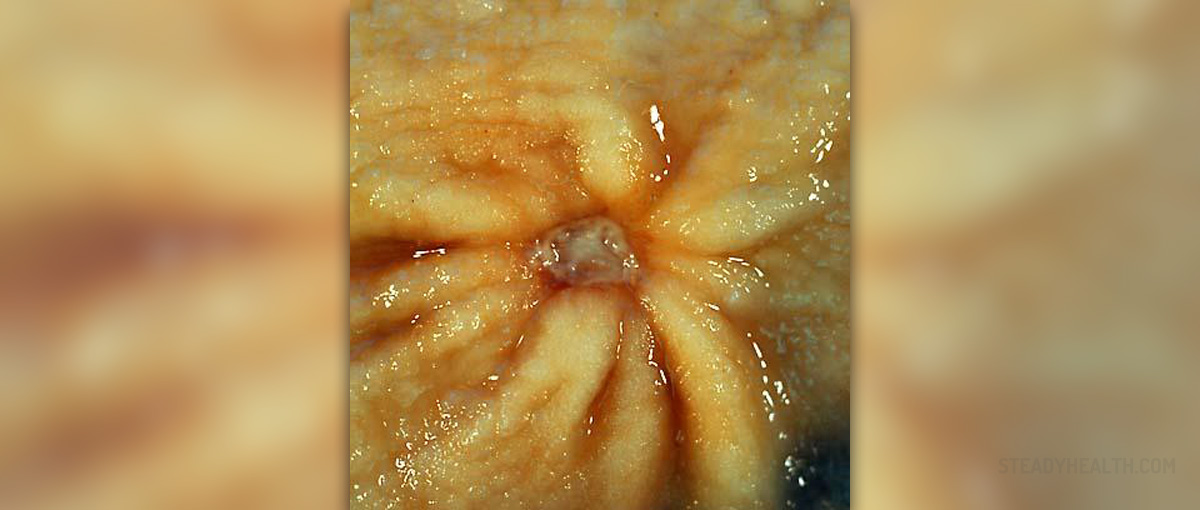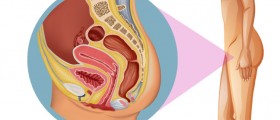
Uterine fibroid tumors are generally benign growths that develop in the uterus. Women in their 30’s and 40’s are most commonly affected by uterine fibroid tumors. The name “fibroid” is given to these tumors as they are composed of fibrous tissue. In most cases uterine fibroid tumors appear in clusters and are slow-growing as well as asymptomatic. Fibroid tumors vary in size and may range from 1mm to 20cm in diameter. Large fibroid tumors can weigh up to 50 pounds.
Causes of Uterine Fibroid Tumors
Exact cause of fibroid tumors is not identified. However, it is known that fibroid tumors do not appear in females before puberty or until the body starts producing estrogen. Estrogen seems to stimulate growth of fibroid tumors thus they tend to shrink and disappear after menopause. During pregnancy, levels of estrogen elevate causing the tumors to increase in size. Fibroid tumors do not occur after menopause. However, the role of estrogen in development of uterine fibroids is not completely understood as many affected women have normal blood levels of estrogen.Types of Fibroid Tumors
Uterine fibroid tumors are divided into several types depending on their location in the uterus. Submucous fibroid tumors develop inside the uterine cavity, underneath the lining of the uterus. This type of fibroid tumor can cause heavy menstrual bleeding and pelvic pain.
Intramural fibroids develop within the uterine wall causing the uterus to expand as they grow. These fibroid tumors can cause menstrual problems, pressure, frequent urination and back pain.
Subserous fibroids grow on the outside surface of the uterus. They do not produce symptoms until they grow very large and put pressure on surrounding organs. Pedunculated fibroids are tumors that grow on stalk and can develop into the uterus or on the outside of the uterine wall. This type of fibroid tumors causes severe pain and pressure when the stalk bends or twists.
Intraligamentous fibroids are tumors that grow sideways between the ligaments which support the uterus in the abdominal area. Parasitic fibroids are the rarest type of fibroid tumors that attach to other organs in pelvic area. Diagnosis and Treatment for Uterine Fibroid Tumors
Uterine fibroids are often detected incidentally during routine pelvic exam. To confirm diagnosis a doctor may perform a transvaginal or pelvic ultrasound. MRI and CT scans can be also used in diagnosis of uterine fibroids.
Women who experience severe symptoms of uterine fibroids such as pain, pressure and anemia due to heavy menstrual bleeding, can be treated surgically. Surgery for fibroid tumors includes myomectomy and hysterectomy. Non-surgical treatment of uterine fibroids includes hormonal therapy, androgens, progestin-releasing intrauterine device, birth control pills and pain relievers.

















Your thoughts on this
Loading...